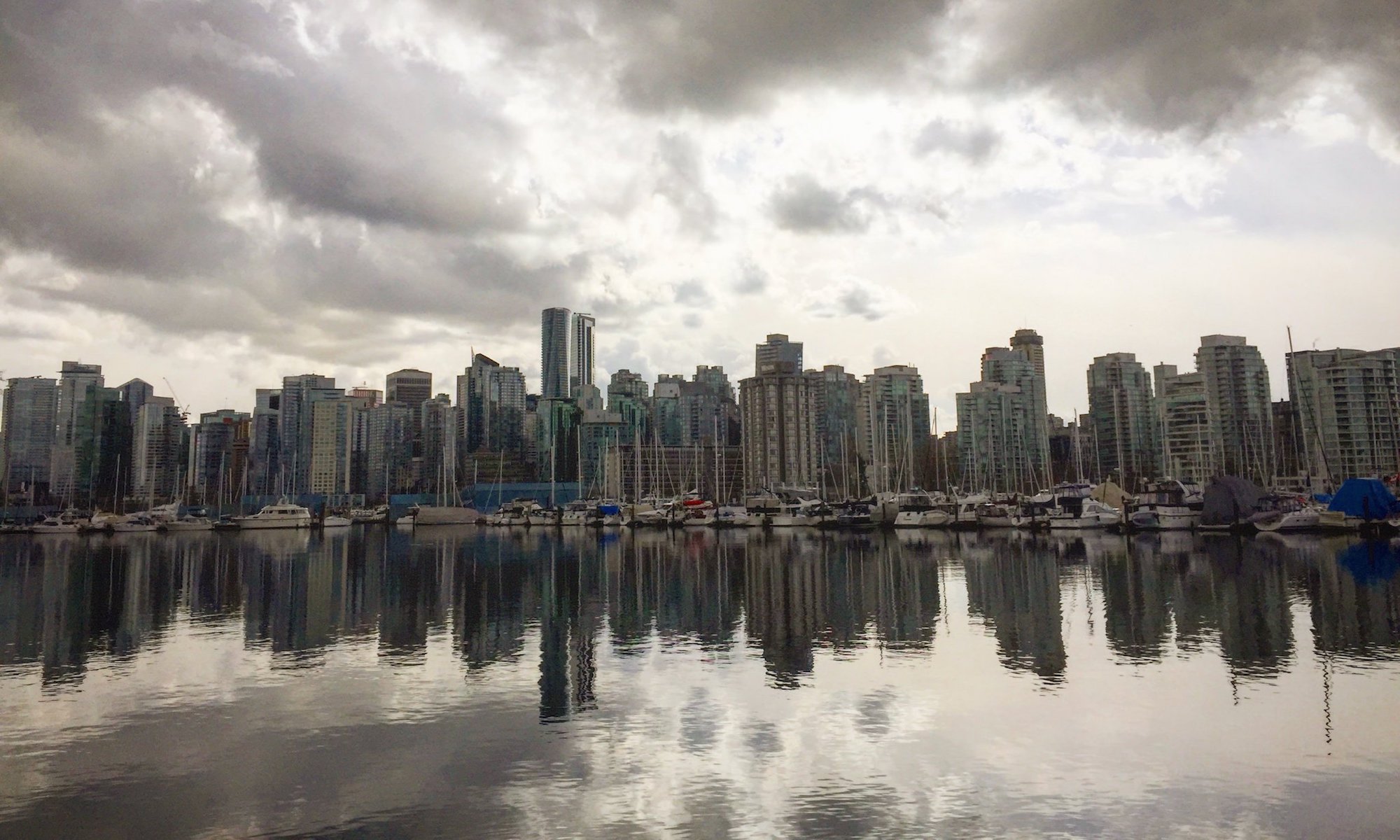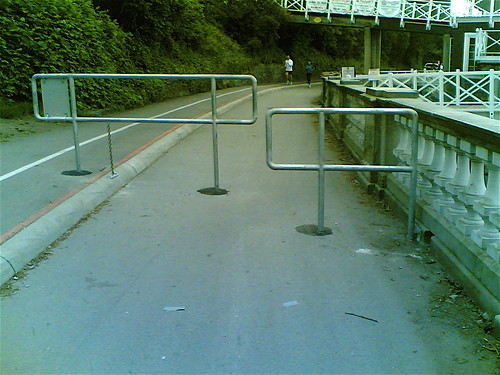If you are someone who walks along the Seawall in Stanley Park, then you know about the amount of traffic that can happen. Some of this is from the locals out for a stroll, walk, jog, run, skate, or bike ride. The other, painful part is the amount of tourists that are either lost, stopping to take pictures, completely taking up the pathway with no regard for anyone else who might be trying to “share the road”, or just screwing up the flow.
So imagine my surprise when I ran into this a few weeks ago by the Rowing Club.
Oh but it gets better. There’s another one about fifty meters further, and there is no other way to get around it except go through it.
There are hints that this might be temporary, but this would completely stink if it wasn’t. Being that this is the portion of the park that is so close to Coal Harbour and in easy walking distance of cruise shippers that have a day to run around Vancouver, the volume of foot traffic can get aggressively annoying, especially if you are a runner like me. Funnel hundreds of people through a tiny opening like that and… well that just sucks.
Ever try to say “excuse me” to someone and have them look at you in complete blankness? It can happen here a lot in Vancouver because you never know what language someone can or can’t speak.



Don’t run in the dark…POW…end of your family ambitions.
Oops…and too quick.
MMM-goi works for most Vancouverites too! (Cantonese for excuse me…adding ‘sai’ to the end of it turns it into Thanks).
About the Cantonese, it was my understanding (which I arrived at while spending half a year in Hong Kong some years ago) that “mmm-goi” means “thanks” all by itself. There is another thanks: “dor-jey”. One means “thanks for that thing you just gave me” and the other means “thanks for that thing you just did for me”, but I forget which is which.
About the gates, I thought they were a bike speed reducing obstacle near to places with lots of crossing foot traffic. If there are bigger vehicles within these zones of the seawall, the gates will also set a limit to how far these vehicles will “stray” onto the rest of the seawall.